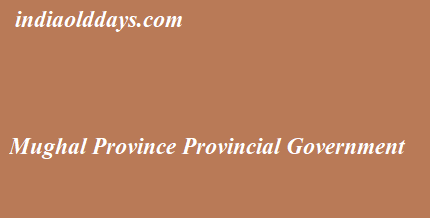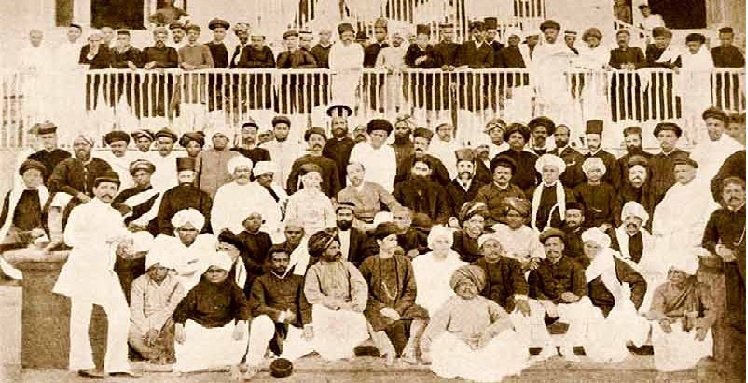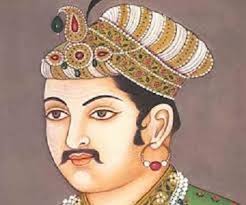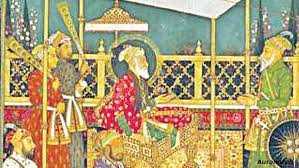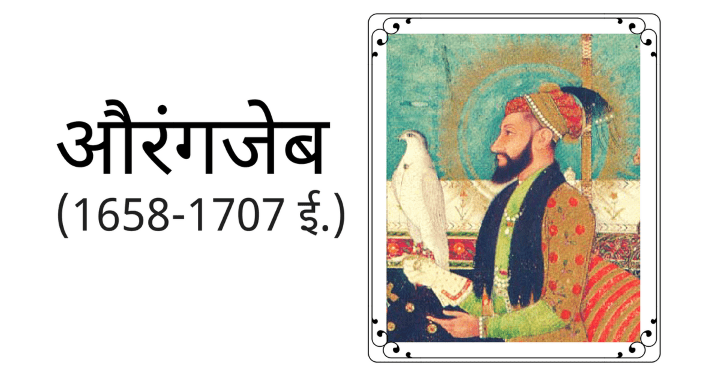Hindu (Indian) Islamic culture

Other important facts-
- Religious Movement of Ancient India
- Important literary sources of medieval Indian history
- Archaeological sources of Ancient India
The word Hindu Islamic culture is an indicator of the development of mixed or coordinated culture, which has developed as a result of interactions of medieval India and Islamic traditions and interdependent relations and inclusions. Were the major sources of foreign trade. Hindu-Islamic culture was born with a combination of Hindu religion and the cultural traditions of Islam.
- Medieval Hindu and Muslim saints contributed greatly to cultural development through their efforts to build brother fodder among the two sects.
- Both scholars were influenced by each other in the field of scholarship and literature. Muslim scholars studied Hindu philosophy and science – Yoga and Vedanta, Medical Science and Astrology; then the Hindus studied them with topics such as geography, arithmetic and chemistry.
- Interpersonal language exchanges were reflected in the development of Hindi, on the basis of which Urdu was finally born.
- Amir Khusro greeted Delhi as Hazrat-e-Delhi (Holy Delhi) and second heaven and a great center of justice.
- According to contemporary historians, Hindus were serving in political services and were in important positions. Sultan Muhammad Tughlaq appointed his wife as Shriraj, his wazir.
Language and literature
The period of Delhi Sultanate was literally medium. At this time texts were written in Hindi, Urdu and mostly in all the provincial languages except Persian and Sanskrit languages.
In the development of the provincial languages, devotees of the devotion path have immense contribution.
Sanskrit literature-
Sanskrit literature was conserved mainly by the rulers of Hindu rulers, from the rulers of Vijayanagar, Warangal and Gujarat. Culture has been the language of the upper class during this period. Religious and secular compositions were created in large quantities. In this era there was lack of originality in Sanskrit texts. Most of the books were written with recitation of ancient texts on the basis of commentaries or languages.
Ramanuj wrote commentaries on Brahmasutra and Parthasarthi wrote books on poetic reminiscences. Jain also contributed in the development of Sanskrit Hemchandra Suri is the chief among them.
The love story of Yusuf and Julekha, written by the famous Persian poet Jami, was translated into Persian from Sanskrit.
The major texts are:
- Meitakshara (Hindu legal texts) composed by Vishneshwar
- Jayadev’s composition geetagovind
- Jaysingh Suri’s composition Hummir Mad Mardan
- Durgbhakti Tarangini, composition of Vidyapati
- Hammer poetry composed by Jayachandra
- Vidyaranya’s composition Shankar Vijay
- Gangadhar’S composition Gangadhar Pratap Vilas
- Mahav Nkasur Victory
Persian literature-
- Turkish Sultans were interested in Persian literature. While most of the literature of the Muslims was written in Arabic, it was the language of the Prophet.
- Lahore was the first center for Persian development. The Delhi Sultans opened many educational institutions and established the library for the development of this language. The most important state library was founded by Jalaluddin, whose chairman was Amir Khusro. The son of Balban’s son Muhammad and Alauddin gave protection to the famous scholars Amir Khusro and Mir Hassan Dehalvi of his time. Badruddin Muhammad was the best poet of Persian in the time of Muhammad bin Tughluq.
Amir Khusro is the best place in Persian poets. - Firoz Tughlaq wrote his own self narrative and the historian Barni and Afif were in his protection.
- Lodhi ruler- Sikandar Lodi, Bahamani ruler-Tajuddin Firoz Shah and Bahamani Wazir Mahmud Gawan are also named in the scholars.
- Persian translation of Ayurvedic texts was a fine text of Farhang Sikandari and Gan Gyan in the reign of Lajjat-e-Sikandari Sikandar Lodi.
- In the time of Firoz Shah Tughlaq, Sanskrit books on medicine and music were translated into Persian.
- Jia Nakshavi was the first person to translate a series of Sanskrit texts into Persian.The book, popularly known as Thutinama, was composed during the time of Muhammad bin Tughluq.
Music art
- Music was forbidden by Islam religion, but Indian music influenced the Turkish rulers, which resulted in the protection of music by Balban, his sons, Bugra Khan, Alauddin Khilji, Muhammad bin Tughluq, and sultans like Muhammad bin Tughlaq.
- When the Turks came to India, they also brought rich Arabic music traditions that flourished in Iran and Central Asia with them. He had many new musical instruments such as Rubab and Sarangi and he had a distinctive music system. The founder of medieval music tradition was Amir Khusro.
Painting-
The pictures of human or any other living creature were not acceptable to conservative Muslims. Therefore, early Muslim sultans did not show interest in painting. The earliest mention of the practice of Sultanate painting is found in the history of Gajnavni written by Sitakya. Chinese painters came to Delhi during the time of Iltutmish This is confirmed by Fateh-i-Salatin of Isami.
Architecture-
Coordination between Hindu-Islamic cultures is more clearly reflected in the field of art and architecture. Before the invasion of India, Muslim invaders had developed their distinctive architectural style by combining the characteristics of the art styles of West and Central Asia, North Africa and Southwestern Europe.
Reference : https://www.indiaolddays.com/

